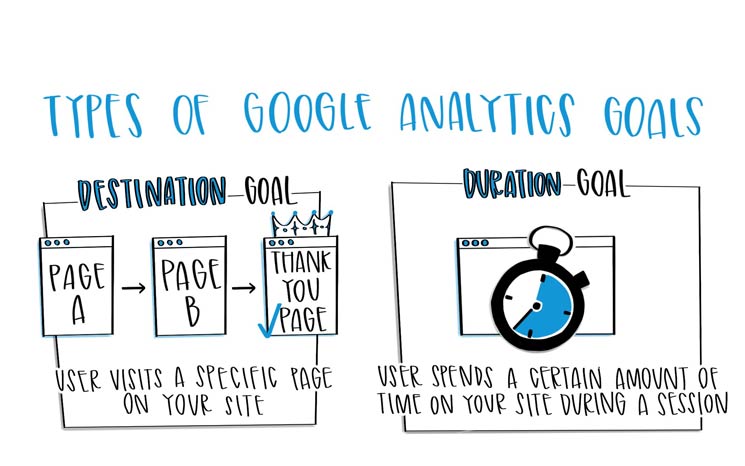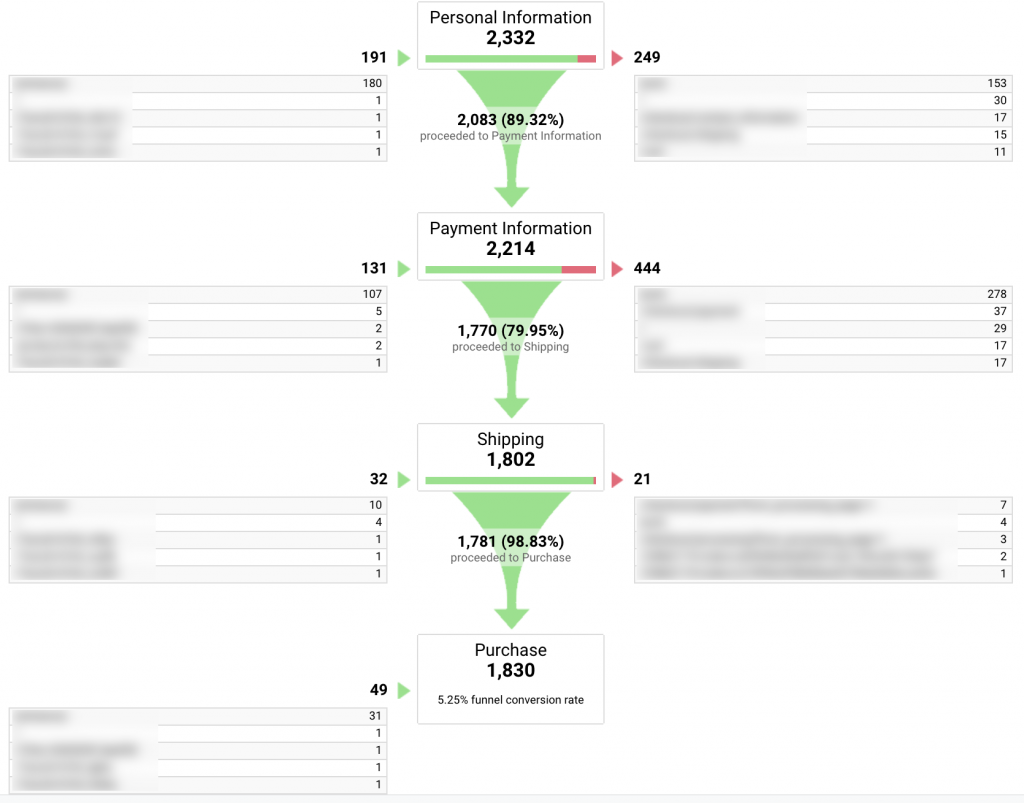Exploring What Data Is Google Analytics Goals Unable to Track
Exploring What Data Is Google Analytics Goals Unable to Track
Blog Article
Introducing the Blind Spots: Understanding What Google Analytics Goals Can not Gauge
In the world of electronic analytics, Google Analytics stands as a powerful device for monitoring and assessing on-line individual interactions. Comprehending what Google Analytics objectives can not determine is important for acquiring a comprehensive view of user habits and engagement.
User Behavior on External Operatings Systems
Understanding just how customers connect on external systems is critical for enhancing online techniques. Exterior platforms, such as social media sites networks, recommendation internet sites, and on-line forums, play a significant duty in driving web traffic to a firm's internet site. By assessing individual habits on these systems, organizations can get useful insights into the efficiency of their advertising efforts and the preferences of their target market.
One key aspect of individual actions on external platforms is the recommendation resource. By tracking where the individuals are coming from, organizations can identify which systems are driving the most traffic to their web site. This details can assist business assign their sources more successfully, focusing on the platforms that yield the very best results.

Offline Conversions and Interactions
Examining customer habits on exterior platforms supplies important insights right into on the internet techniques; however, considering offline conversions and communications is equally critical for a comprehensive understanding of a business's general efficiency. While Google Analytics stands out at tracking on the internet communications, it drops short in catching the full customer journey that commonly includes offline touchpoints. Offline conversions, such as in-store purchases or phone inquiries, play a significant function in several services' success. Ignoring these communications can result in an altered view of the efficiency of advertising and marketing projects and overall business efficiency.
Attribution Beyond Last Click
When delving into the realm of digital advertising analytics, it ends up being necessary to look past the solitary touchpoint of the last click for a much more thorough understanding of acknowledgment. While Google Analytics offers beneficial understandings into user behavior, relying entirely on last-click attribution can be limiting - what data is google analytics goals unable to track. Acknowledgment models that go past the last click provide a much more nuanced sight of the consumer trip, taking right into account all the touchpoints that result in a conversion
Acknowledgment past the last click allows online marketers to appoint debt to different communications along the conversion path, offering a more clear photo of the performance of different advertising and marketing channels. By discovering multi-touch attribution models such as weblink direct, time decay, or position-based attribution, services can better assign their advertising spending plans and maximize their approaches for maximum impact.
Comprehending the influence of each touchpoint in the conversion process is crucial for making notified decisions and making the most of ROI. By embracing attribution beyond the last click, services can get much deeper understandings into consumer actions and customize their advertising efforts better.
Cross-Device and Cross-Browser Tracking

Similarly, cross-browser monitoring enhances cross-device monitoring by catching customer behavior as they change between various web browsers. Understanding just how individuals communicate with internet sites on different internet browsers can assist marketers maximize their on the internet experiences to make certain consistency and functionality throughout various systems.
Qualitative Data and Customer Intent
Comprehending individual intent via qualitative information evaluation is essential for establishing targeted digital advertising methods that reverberate with the needs and preferences of the target market. Qualitative information supplies understandings right into the 'why' behind customer actions, losing light on motivations, feelings, and preferences that measurable data alone can not record. By assessing customer feedback, remarks, and communications, online marketers can discover important information regarding individual intent, enabling them to customize their messaging, web content, and offerings to much better line up with what their target market is seeking.
Qualitative data likewise assists in recognizing the context in which individuals involve with a web site or app. This contextual understanding makes it possible for marketers to develop more pertinent and tailored experiences, inevitably driving higher engagement and conversion prices. By diving into individual intent through qualitative data analysis, businesses can acquire a much deeper understanding of their target market, resulting in a lot more reliable marketing approaches that meet users' requirements and assumptions.
Conclusion
In conclusion, Google Analytics objectives have limitations in measuring user habits on outside platforms, offline conversions, acknowledgment past last click, cross-device and cross-browser monitoring, and qualitative information connected to individual intent. what data is google analytics goals unable to track. It is very important for organizations to be familiar with these unseen areas in order to supplement their information analysis with other tools and view methods to gain a more comprehensive understanding of their target market and enhance their overall digital advertising strategies
By analyzing customer habits on these platforms, services can obtain valuable insights right into the effectiveness of their advertising efforts and the choices of their target audience.
Analyzing user habits on exterior systems supplies valuable insights into on the internet approaches; however, thinking about offline conversions and communications is equally critical for a comprehensive understanding of a firm's overall efficiency.In digital advertising and marketing analytics, moving past last-click acknowledgment to discover cross-device and cross-browser monitoring is important for acquiring a holistic understanding of customer interactions across various platforms and devices. By evaluating individual feedback, remarks, and communications, marketers can discover important details concerning user intent, allowing them to tailor their messaging, content, and offerings to better align with what their target market is looking for.
By delving right into individual intent with qualitative data analysis, companies can obtain a deeper understanding of their target audience, leading to a lot more view it reliable advertising approaches that fulfill individuals' requirements and expectations.
Report this page